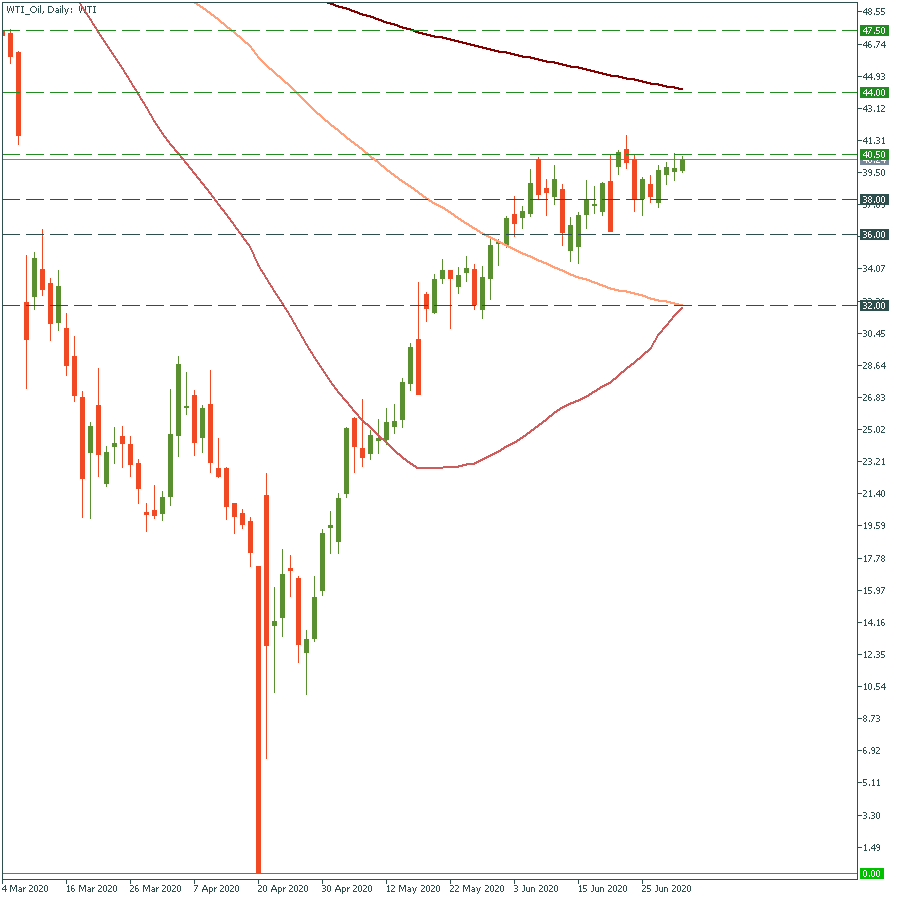2020 is the worst year in oil history
Coronavirus and massive oil oversupply was a once-in-a-generation coincidence. Is the worst over?
What’s happening?
This year has been really tough for most industries. However, the oil sector was the most affected. The coronavirus forced countries to shut all factories and people stay at home. That in turn reduced the oil demand enormously. The International Energy Agency revealed that the oil demand was 17.8 million barrels per day lower in comparison with the same period last year. Moreover, two oil giants: Russia and Saudi Arabia couldn’t agree to cut oil supply in time. As a result, the oil market crashed and oil prices even fell below zero in April. At the same time, oil showed the best performance in the second quarter(Q2) in over 30 years. It managed to grow to $40 a barrel. Brent crude oil futures surged more than 80% in the second quarter. US West Texas Intermediate futures rose by 91% in the Q2. However, despite that rebound, oil prices are still well below pre-crisis levels.
What’s next?
According to Stephen Brennock, oil analyst at PVM Oil Associates, the rest of the year may bring new downturns to the oil market. US president elections and fears of the second virus wave may deteriorate the market sentiment, that can push oil prices down again. In addition, OPEC+ is already considering to ease oil cuts, that could weigh on oil prices, as well. Energy giant producers BP and Shell gave dire perspectives - they both expected the full oil recovery just to 2050. Those forecasts are too much negative. For example, Commerzbank reassured that OPEC+ would have the oil market under control, even if the fresh coronavirus outbreak happens. Moreover, the demand is slowly recovering together with the global economic reopening. Also, crude oil inventories came better than analysts expected. They contracted by 7.2 million barrels, while the forecast was only the 900 000 drop.
Technical tips
Let’s look at the WTI oil chart. The encouraging oil report pushed the price upward. If it breaks through the high of June 22 at $40.5 a barrel, it will clear the way to the next resistance at the 200-day moving average at $44. The next resistance will be at $47.5. Support levels are $38 and $36. Follow further news!
To trade WTI with FBS you need to choose WTI-20Q.
